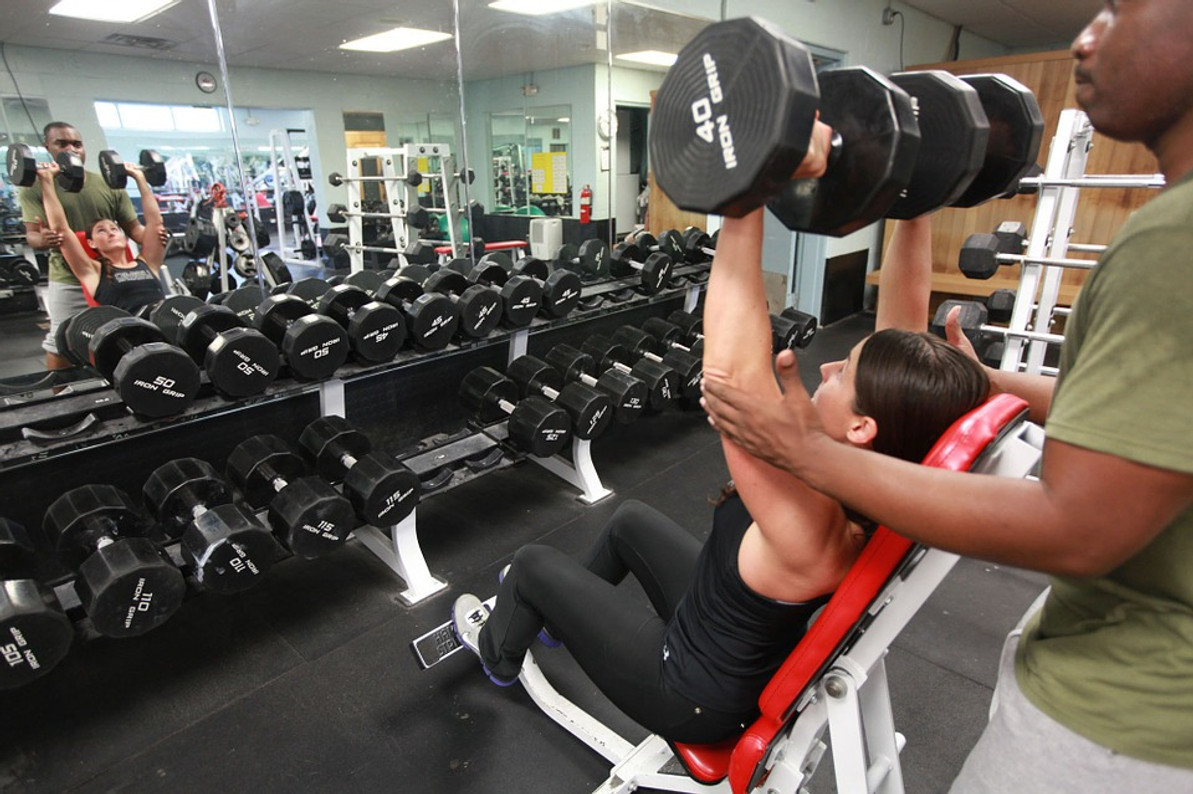5 Safety Tips to Protect Against Bodily Injury When Exercising

Exercising on a regular basis is one of the most important things you can do for your health. Among other things, it burns fat, builds muscle, regulates blood pressure and improves stamina. Studies have even shown that physically active people are less likely to develop heart disease and diabetes than their sedentary counterparts. But if you're planning to start exercising, you should take the necessary precautions to protect yourself from injury.
#1) Start With Low-Intensity Exercises
You shouldn't try to push your body with high-intensity exercises the first day that you visit the gym. Rather, start with low-intensity exercises and gradually work your way up to higher-intensity exercises. As your body becomes accustomed to the low-intensity exercises, you'll have an easier time performing higher-intensity exercises, which means a lower risk of injury.
#2) Drink Water
Hydration is important when exercising for two reasons. First, it helps regulate your body temperature by encouraging you to sweat. Second, it lubricates your joints to protect against joint pain and inflammation. The problem is that most people don't drink enough water, especially when exercising Whether you're exercising at home or the gym, drink plenty of water to protect yourself from injury.
#3) Stretch Before Exercising
Try to get into the habit of stretching before you exercise. The purpose of stretching is to improve your body's flexibility so that you can extend your arms and legs without sustaining injury. But like drinking enough water, many people don't stretch before exercising. In some cases, this doesn't cause any problems. In others, though, it leaves individuals vulnerable to injury. Unless you're willing to take this chance, always stretch before exercising.
#4) Wear the Right Clothes
You might be surprised to learn that the clothes you wear while exercising can affect your risk of injury. Wearing jeans, for example, isn't recommended because they restrict your range of motion. When wearing jeans, you may struggle to fully extend your body in the appropriate position, resulting in a muscle strain.
#5) Rest Between Workout Sessions
Finally, be sure to rest between workout sessions. You don't have to necessarily rest after performing light, low-intensity exercises like jogging. However, you should rest after performing moderate- or high-intensity exercises, including lifting weights. Moderate- and high-intensity exercises will stress your muscles, causing them to develop small tears that manifest as sore muscles. Waiting 48 hours between workout sessions will allow your body to repair this damaged muscle tissue, protecting against bodily injury.
Recent Posts
-
Fire Safety in the Workplace: What You Need to Know
What steps are you taking to prevent fires in your workplace? According to the U.S. Occupational Saf …Aug 23rd 2023 -
Is It Safe to Go Jogging With a Cold Infection?
If you're suffering from a cold infection, you might be wondering whether it's safe to go jogging. T …Aug 22nd 2023 -
5 Safety Tips to Follow When Using a Powder-Actuated Tool
Powder-actuated tools are commonly used to join materials to steel and concrete. Also known as Hilti …Aug 20th 2023




